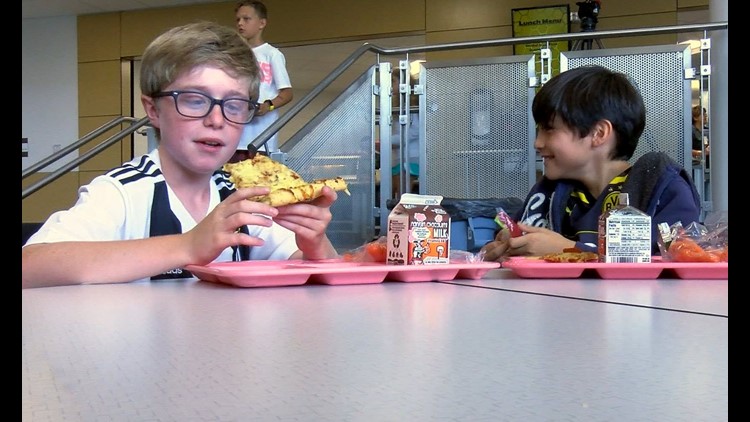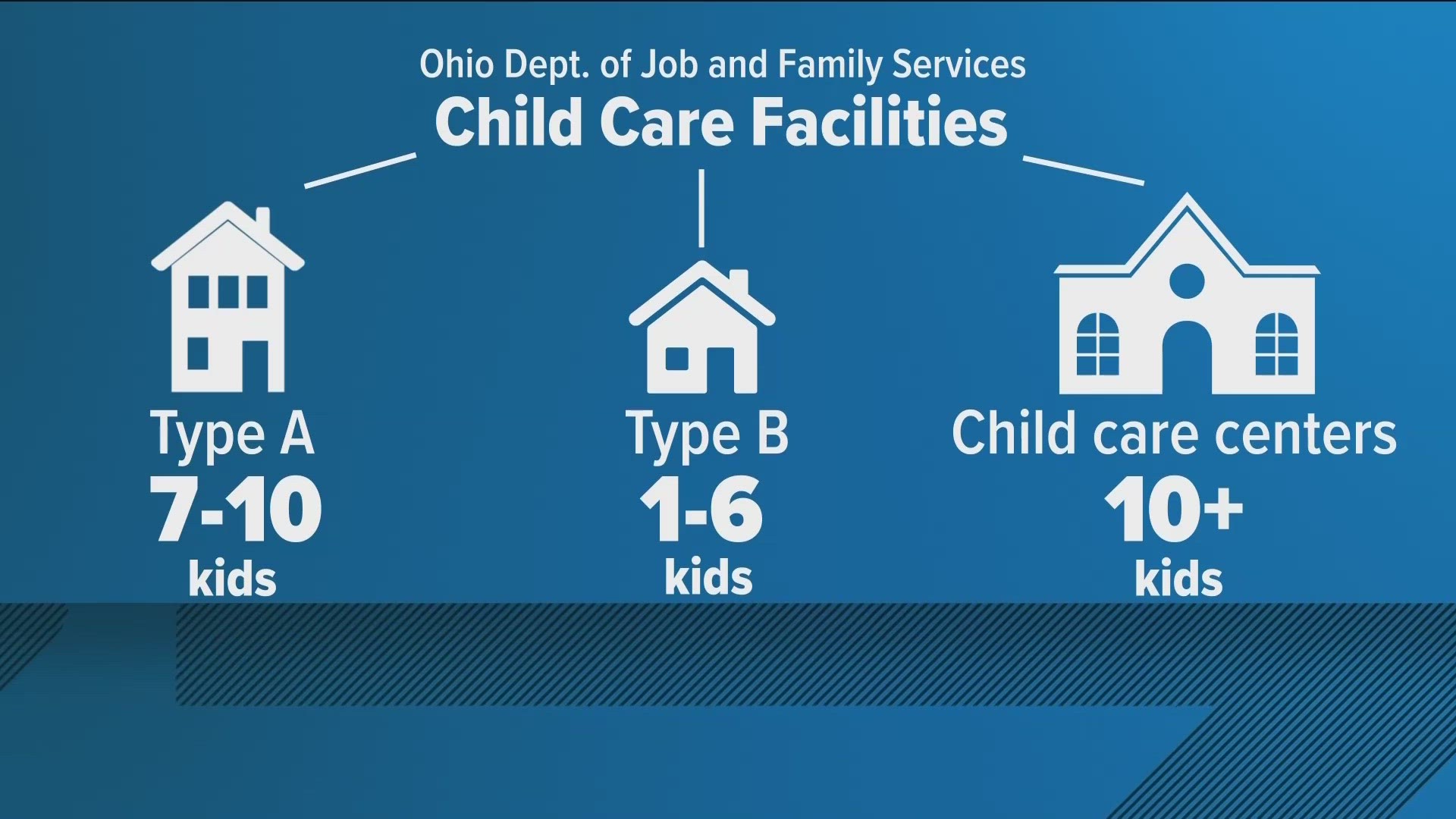PERRYSBURG, OH (WTOL) - For students, it's their time to re-energize and socialize -- the lunch hour -- but it's far from an hour.
Becky Morris, mom to a Perrysburg elementary student, wonders just how much time her daughter has to eat.
"When I pack her lunches, it will literally be a sandwich, a fruit, a yogurt, chips and she's always coming home with food because she says she doesn't have enough time," Morris said. "And then by the time she comes home, she's just scarfing because she's starving."
While federal and state guidelines have improved, concerning what is offered includes more fruits and vegetables, there are no guidelines on the time schools give to eat. So, will students even have time to eat those "mandated" carrots?
Principal Scott Best of Hull Prairie Intermediate said school districts do have flexibility in how they schedule lunch.
There are also no strict guidelines on when students eat.
"We've had concerns about timing of the lunches because they have to spread them out because they have so many kids that have to eat," said Denise Philips, a mom to a fourth and sixth grader.
Phillips said her daughter's lunch time was at 10:30 in the morning last year. And with no snacks allowed in her daughter's classroom, Phillips had to work out a plan. She told her daughter to eat a granola bar as soon as school let out and before getting on the bus.
Most of our local schools schedule lunchtime for about 20 to 25 minutes. That falls in line with the American Academy of Pediatrics' recommendation for at least 20 minutes to eat. But what we found the schools seem to not factor in is the time it takes to get to the lunch room or wait in line.
"Our lunch line -- on a typical day -- it usually takes about five minutes to get a lunch. On chicken nugget day, I can't guarantee anything, 'cause everything doubles," Best said.
To get a better idea, we broke out a stopwatch. At Hull Prairie Intermediate, it took a little over 10 minutes for students to file into the lunchroom from the start of the lunch period. We started the timer when the last student in the lunch line settled in to eat. He had just shy of eight minutes before fellow classmates started getting up for recess. Now that's worst-case scenario. But at best, most students had about 14 minutes to eat.
At Monclova Primary, students started filing in about five minutes after the lunch bell. The last child in line there had about eight and a half minutes before recess.
According to nutrition specialist Dr. Emily Hayman, anything less than 20 minutes of total time to eat can have a variety of negative effects including poor digestion, poor eating habits leading to obesity, behavioral issues, poor food choices, and food waste.
She said if students feel rushed to eat, the body will produce cortisol and slow the digestive system down.
"When that happens, we don't have enough mucus in our gut lining. And when the mucus goes away, that's what actually causes leaky gut, and then your triggering things like auto-immune diseases and food allergies," Hayman said.
She also said not savoring food can contribute to obesity.
"When you're rushing through a meal, your body will actually increase its glucose level. When you have high blood sugar all the time, you're looking at insulin resistance which is really the pre-diabetic state."
The time in the lunchroom is also related to student performance.
"When kids are getting better nutrition, their behavior just changes immensely," Hayman said.
"She'll always eat the junk food first as opposed to everything else," Becky Morris said about her daughter. "She always comes home with the fruit."
It's usually the healthier food that gets eaten last or ends up in the trash can.
"We don't encourage kids to throw out their food," Best said. "We obviously want them to eat their fruits and vegetables and their main course, but we also don't force kids to eat things they don't want."
If you're concerned about the amount of time your children have to eat, school officials want to remind parents to remind their children that they can use some of their recess time to finish their meal.
"I don't think any elementary kid would be like 'all right, let me give up my recess to finish my food' -- ever," Morris said.
"Kids by nature are going to want to go outside and play and that's also something that's equally important, even if you're looking just at the component of the importance of sunlight," Hayman said.
So, what can you do as a parent?
"I don't know that there's a realistic way to fix it, so for us we just pack our lunches," Phillips said with a chuckle.
You can also talk to your children. Remind them the importance of getting their nutrition and tell them to repack what they don't eat, rather than tossing, so you at least have a better idea of what they got in that day.
"I do not remember being as stressed out as these kids are," Hayman said. "It's incredible what they have to pack into a day, and the amount of homework they're given too. Sports practices are often later in the day; kids are staying up later. They're going going going, so they're in burnout mode constantly."
With the more hectic pace of life, the nutrition our kids get is even more important. We can all try to slow down the pace of our kids' lives, and make their meals at home count even more.



